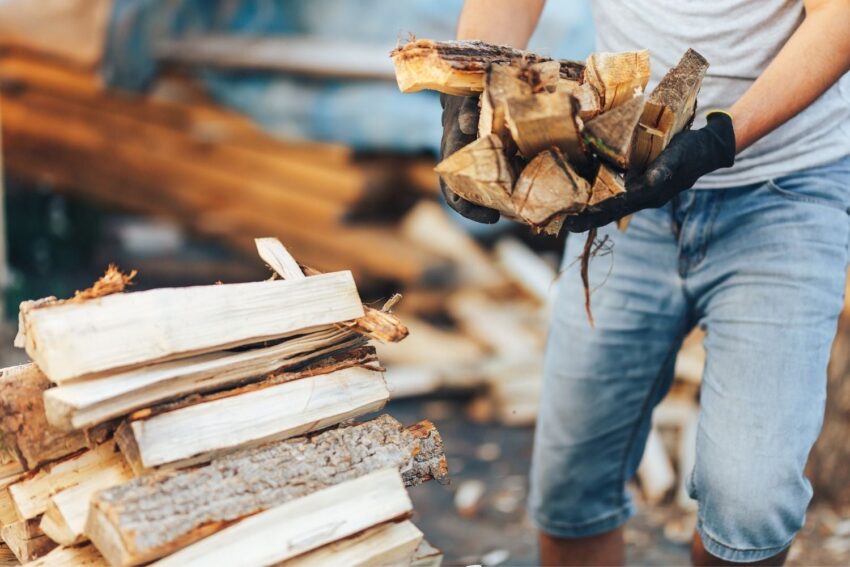When winter rolls around many people flock to buy firewood. It is sort of a family tradition for many but you would be surprised to know that a lot of people do not know the best way to buy and store timber.
There are many tips one should consider and some things to ignore. In this article we will be precisely mentioning the essentials of buying and storing timber. At the same time there are many mistakes that can be easily prevented if one is more aware of firewood care. Let us look at both one by one.
1. Do: Consider the Space
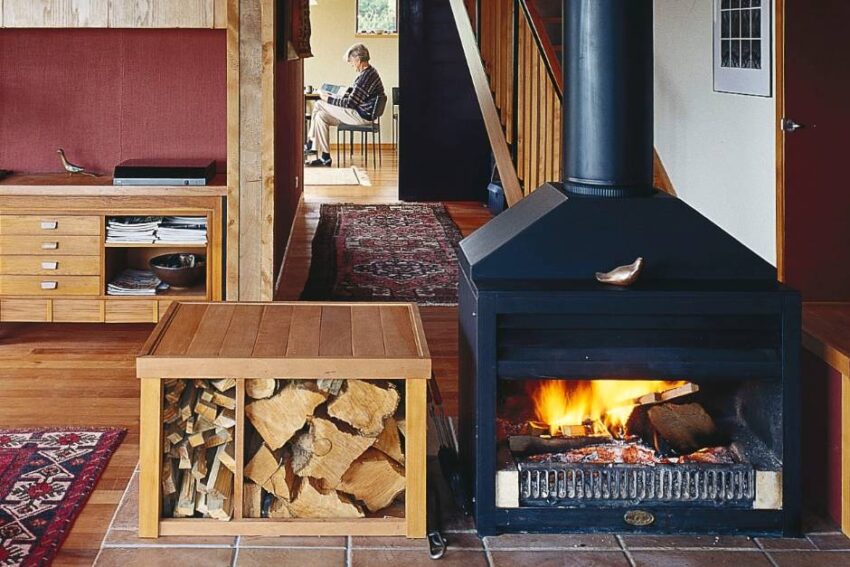
The first step is directly related to both buying and storing firewood. One should always consider the space because lumber needs to be stored in certain specific conditions.
If you buy more timber than you have space for a lot of it will react to moisture in the environment. This makes them essentially worthless and you might end up wasting money.
The storage space is available both indoors and outdoors but it might not be the same. Outdoors typically have larger storage spaces while indoors allow for very limited timber to be kept. There are many deals and offers that might make the purchase cheaper. In such a case one needs to be realistic about their needs and burning lumber at home.
The storage space for wood will be very different as compared to the space for any other article. It should not be near the garage or any place which can lead to a safety risk. It is also more likely to catch mildew and the attention of termites.
2. Don’t: Miss Out Cords
Basing the purchase on chords makes the entire process extremely easy. A cord consists of 128 cubic feet of firewood. It is completely a personal choice on how much one wants to buy. Apart from buying one cord, people can also go with one-third of a full cord, depending on their frequency of use. Understanding the amount of timber you will get in a cord is essential to buying the right amount of wood. Cords of firewood can be bought for bigger houses that rely on heating the entire indoors through flames.
3. Do: Get a Rack
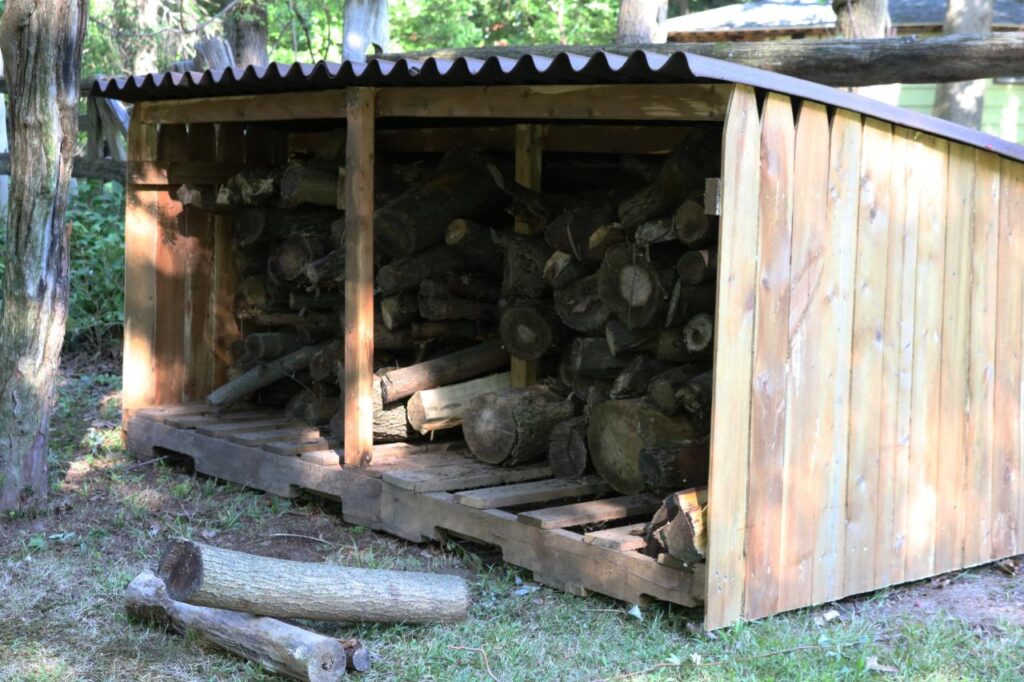
Even if you are going to build a shed, wood should not be kept on the floor. This is because they are more likely to get rotten by mildew and other factors. A rack is a great way to save costs and protect the costly lumber from any kind of damage. It will also protect the pieces from spreading problems like termites and moisture from one to another.
A rack segregates different batches and allows for some air to keep them away and safe from mass damage. Both ventilation and moisture prevention is possible with the type of rack you choose. The covering can be polyester which is long lasting and works well during any season.
It comes with a cover which is adjustable in height according to the wood pile. The pests will not get access to the timber with proper covering of the rack.
4. Don’t: Use New Wood
If you have the choice between using older wood and new wood, always go with the latter. Follow the principle of using the older pieces the moment you get new ones. This will allow for the older ones to get utilized on time. Typically, the longer a piece of wood remains in storage, the more susceptible it is to damage from pests and atmospheric moisture.
New wood will just complicate the process and the older one will probably breed termites. We get that using new wood is exciting and probably the easiest to reach in the shed. But completely ignoring the older pieces is probably inviting infestations that could have been prevented.
5. Do: Measure the Size of Compartment
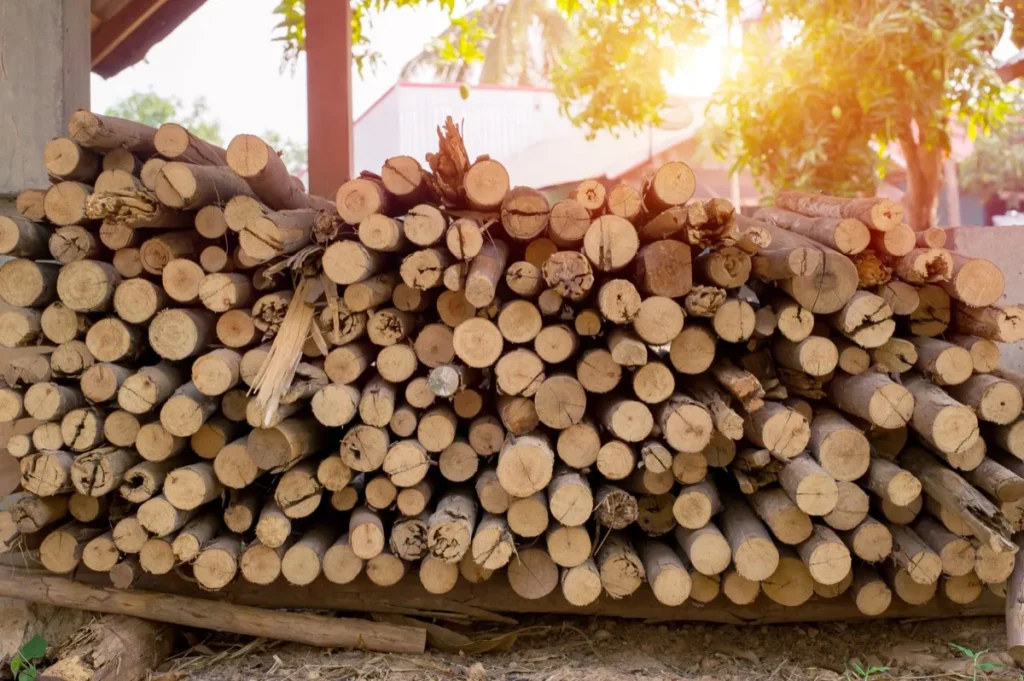
While creating a compartment for outdoor storage, measuring the dimensions is essential. The compartment will be air tight in order to prevent water vapors. The size of the compartment is directly related to how much timber you will be storing. Not everyone enjoys or practices indoor fire. The smallest compartment will only hold half a cord of timber.
If someone uses it for ambience or only during cold weather, dimensions of 10 x 10 x 8 ft are the best. They can easily hold upto three cords of wood. Not all families depend on sheds or timber to provide heat as central heating exists. However, for cabins, using the biggest size of storage compartment is probably the best. Seven cords of wood can be easily stored in a shed sized at 10 x 20 x 8 ft.
6. Don’t: Buy Without Planning
Much like anything else you spend money on, the right firewood will also require careful consideration. Depending on the use of the fire, one can get different types of wood. The type of tree will determine whether the fire will burn for longer or will go out quickly. The type of number you buy will also depend on whether the fire will be indoors or outdoors.
Looking closely at different types and asking the right questions will give good answers. Dense timber is good for the indoor fireplace. Software is good for fires that are meant to be put out soon and do not cause any safety risks. Pine should be avoided at all cost because it can cause health risks and safety hazards.
The Takeaway
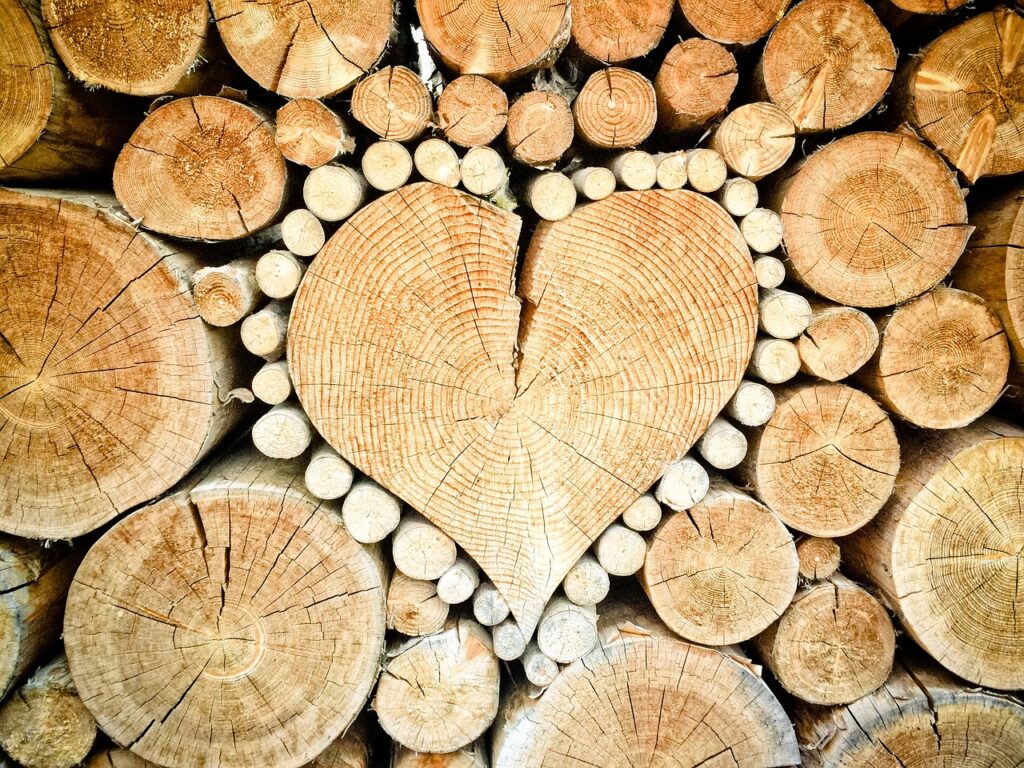
We hope that all of the aspects of buying and storing lumber are now clear. It might require some initial investment in terms of a shed and a rack so that the timber has an adequate storage space. Even while investing in a shed it should only be as big as you actually require. There is no use of a larger rack or a space if the use of timber is not as frequent. Make sure to use older timber first when you buy new ones.
